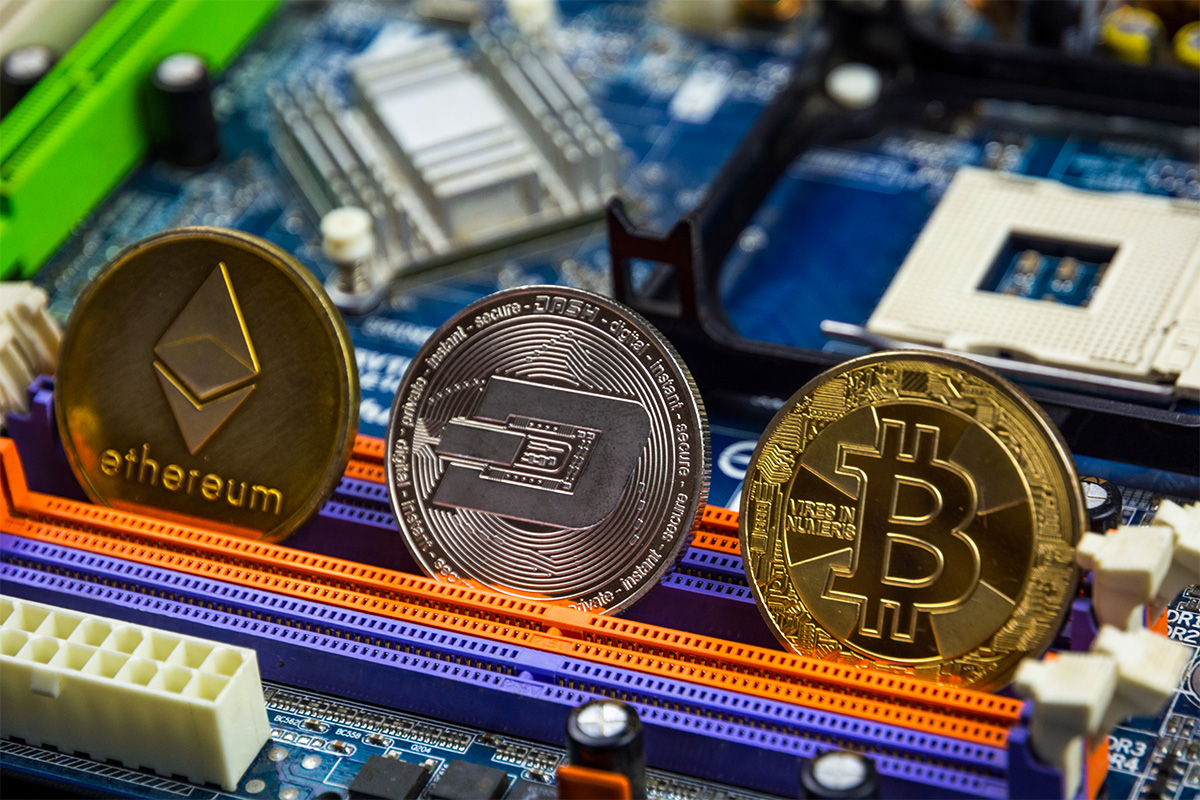The recent news that the first ever digital only artwork entitled ‘Everydays: the First 5000 Days’ by Beeple at Christie’s, London, sold for almost US$70 million in cryptocurrency undoubtedly marks a fresh new chapter in the history of art, one in artists can sell original digital artworks within a system that keeps track of every purchase made using blockchain.
“Artists have been using hardware and software to create artwork and distribute it on the internet for the last 20-plus years, but there was never a real way to truly own and collect it,” Beeple explains.
With an estimated US$174 million spent on non fungible tokens (NFT) since November 2017, according to CoinDesk, the NFT collection trend may reach an over-inflated peak at some point.
In fact, NFT investments have caught the attention of celebrities, influencers and billionaires alike, including Jay-Z, Mike Tyson, Lindsay Lohan and Mark Cuban to name a few, who have become tokenised art sellers for JPEGs worth millions of dollars or more accurately Ethereum tokens, which is the most widely accepted currency of the trade.

The reality that some less well-known artists are benefiting financially more compared to creatives with a higher status in the art world, who rely solely on traditional selling methods, speaks for the change that is shaking the foundations of the global art and design industry.
This is not to suggest by any means that leading contemporary artists exist in a vacuum. Damien Hirst translated 10,000 physical prints, each worth US$2,000, into collectable NFTs.
With roots in graphic design, neo-pop Surrealist Philip Colbert created an interactive digital city with ‘Lobsteropolis’ and in a similar vein Huang Heshan is the creator behind the virtual real-estate landscape entitled ‘Bu Tu Garden’, a project that will make its debut at the Taobao Maker Festival.
Even HOFA Gallery, a leading international fine art institution, has announced the launch of its own auction house showcasing “the best contemporary cryptoart”.
“Artists have been using hardware and software to create artwork and distribute it on the internet for the last 20-plus years, but there was never a real way to truly own and collect it.” – Beeple
“Those who knock the idea of art solely in digital form would have been those people who knocked the potential of the internet in the 90s and who would have said Amazon as an online retailer ‘won’t catch on’ in the 2000s,” says Stephen Howes, Director of Thomas Crown Art, an international art agency.
NFTs are essentially unique digital files for illustration, animation, video or audio material that artists can continue to profit from through royalties from sales made in secondary markets. This differs considerably from the offline world where the creator primarily benefits from making the initial sale or through making copies for buyers.
With blockchain technology verifying the authenticity of a work by tracking the artist’s file as it passes from one virtual buyer to the next, the artist can maintain ownership of their content.
The new system is not always that simplistic, as it requires the same level of trust and interaction over time that any sales relationship entails, albeit in the virtual realm. Artists should also be aware that collectors are ultimately investing in a brand with a recognisable style and that large fees may be involved. That being said, for some NFT artists this is their main source of income.
This explains why the formation of global cryptoart communities like NFT Malayali have emerged, helping artists to tap into this market and attract potential buyers.
Considerations for NFT investors
- Because NFT value is based on demand, the resale price may be different from what the buyer originally had in mind, as the perceived value of a work can fluctuate over time.
- Storing your digital tokens in a hardware wallet ensures that hackers won’t have access to your account compared with online-based storage that is connected to the internet.
- Within such a busy global marketplace undertaking the necessary research to assess the true value of a work is critical.
- An NFT cannot be counterfeited as there is a clear transaction path that links back to the original issuer. Nevertheless, it is important to be aware that impersonators exist.
- Ethereum transactions consume large amounts of energy.
Read Next: This tiny sticker could help you create a stellar career







